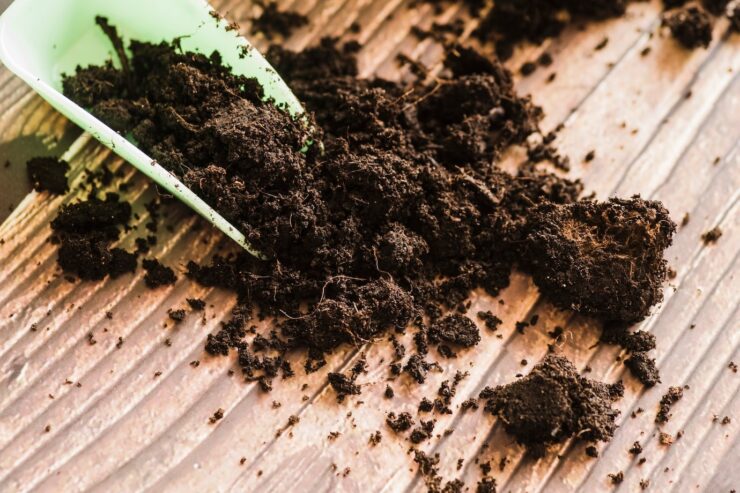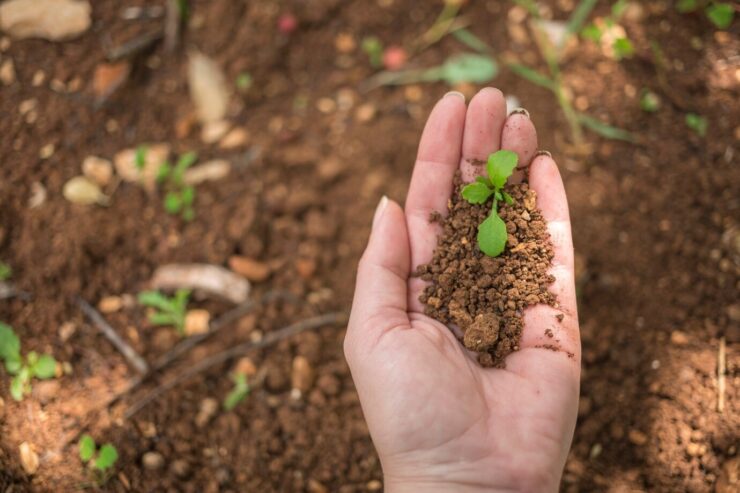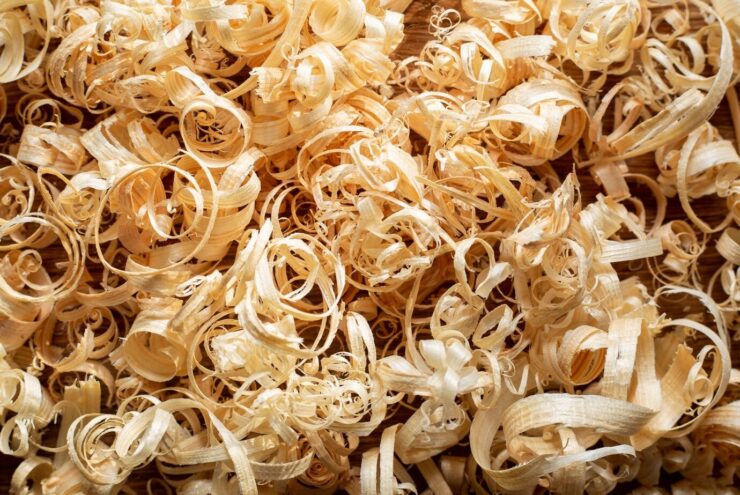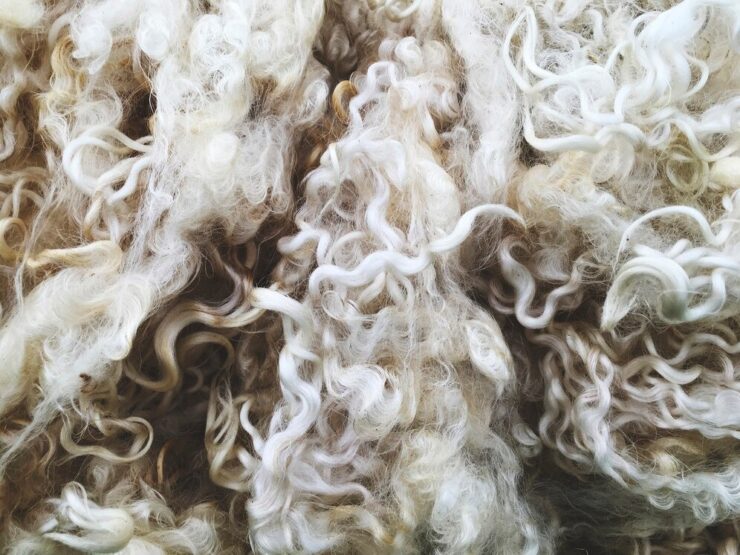Are you in the process of choosing the most suitable compost for your farming requirements? The plethora of options can be quite daunting when trying to make the best decision.
This article navigates the diverse array of compost types and their applications. It also delves into the factors to contemplate when picking compost, including its intended use and ethical aspects, while also assessing the merits of crafting your own compost versus purchasing it.
Seed Compost: What is It?

Seed compost, sometimes referred to as potting compost, is a type of growing medium that offers lower nutrient levels compared to standard multi-purpose compost. This nutrient balance is designed to support the healthy growth of young plants without subjecting their delicate roots to excessive amounts of nitrogen, which can be harmful.
Moreover, seed compost possesses a lightweight and airy quality, skillfully striking a balance between efficient water drainage and oxygen supply, while also retaining an adequate amount of moisture crucial for the initial stages of young plant development. Typically, seed compost is formulated by blending standard compost with additional components like coir or perlite.
Making Your Own Seed Compost
Creating your own seed compost requires a more specific approach than crafting general-purpose compost to enrich your soil. The goal is to produce finely textured compost that has undergone adequate maturation. Subsequently, it’s essential to sift the compost to eliminate any coarse, woody fragments and large chunks.
Following this step, you can combine the compost with additional components to reduce its nutrient content. It is typically recommended to mix two parts of compost, two parts of coir or coconut fiber, and one part of perlite. This blend not only lightens the compost but also enhances its aeration.
Alternatively, you can opt to blend the compost with sand, preferably salt-free sand rather than beach sand. The sand can be employed to either replace the perlite or substitute both the perlite and coir. This approach results in a denser mixture compared to the use of perlite and coir.
Making Multi-purpose Seed Compost

Multi-purpose compost is formulated for a broad range of farming applications, including:
- Enhancing the fertility of established plants.
- Enriching the quality of the soil.
- Serving as a mulching material.
Commercially available multi-purpose compost typically possesses a finer texture compared to homemade compost and may occasionally be supplemented with plant nutrients.
Certain compost products provide an estimate of the duration for which the nutrients within the compost will remain effective. However, it’s important to consider this estimate as a rough guideline, as its actual effectiveness depends on various factors such as the specific plants being grown and prevailing environmental conditions.
Creating compost is quite straightforward and doesn’t demand significantly more time than bagging up waste and leaving it out for garbage collection.
Moreover, purchasing the necessary quantities of compost for soil conditioning can be costly. Nevertheless, achieving the same outcomes as store-bought compost can be challenging, as commercial varieties typically come with an optimal pH level, excellent moisture retention properties, and are often enriched with nutrients.
One approach is to combine homemade compost with store-bought compost to strike a balance. For instance, homemade compost can be effectively utilized for tasks like mulching and replenishing raised beds. Simultaneously, multi-purpose compost from stores can be advantageous for nurturing young plants and topping off larger containers and raised beds within polytunnels.
for all please check https://myhealthyfarms.com/products/
Using Compost Accelerator in Your Seed Compost
If you plan to make your own seed compost, it’s a good idea to utilize a compost accelerator. Some composting processes can be extremely slow, meaning it could potentially slow down the production on your farm. A compost accelerator speeds up the process, resulting in quality compost that’s ready to use in your crops.
Types of Seed Compost to Utilize for Your Farm

Loam-based Compost
Loam soil is characterized by its balanced combination of three soil types: clay, sand, and silt. Loam-based compost traditionally relies on this type of soil, often blended with peat and organic matter, although contemporary composts might incorporate alternative components.
The primary purpose of loam-based compost is to enhance soil structure, promote efficient drainage, and boost fertility. It maintains a neutral pH level, making it a preferable choice over multi-purpose compost for plants that thrive in slightly alkaline soil conditions.
Loam-based compost can be made at home by combining sand, silt, and soil with organic material such as grass or leaves. It’s important to let it sit for several months or use a compost accelerator to speed up the composting process.
Peat-based Compost
Compost that is peat-based primarily consists of a significant quantity of peat. Peat is a naturally formed substance composed of organic material that has partially decomposed over time under waterlogged and oxygen-deprived conditions.
Peat boasts several favorable characteristics, including excellent moisture retention, an ideal texture for plant growth, and a rich nutrient content. In simple terms, it provides an optimal environment for plant growth and development.
Peat-free Compost
Peat-free compost, as the name implies, refers to any type of compost that does not include peat. Both your homemade compost and store-bought options can be peat-free. Peat-free compost is crafted by blending organic materials with inorganic components like sharp sand and perlite.
Wood Chippings and Wood Compost

As the name implies, bark chip or wood chippings compost is essentially compost composed of bark or wood, occasionally mixed with other organic substances. Wood-based compost contains a higher carbon content and lower nitrogen content compared to standard multi-purpose compost. Additionally, it tends to be more alkaline, rendering it unsuitable for Ericaceous plants.
Wood compost is commonly employed for mulching, as it enhances soil structure and drainage, and gradually releases nutrients into the soil. Being rich in carbon, wood chippings compost releases its nutrients at a slower rate than nitrogen-rich alternatives, making it a fitting choice for long-term soil enhancement.
Sheep Wool Compost

Sheep’s wool compost utilizes sheep wool, often in conjunction with other substances like bracken. This compost demonstrates impressive capabilities in water retention and the gradual release of nitrogen, making it a valuable substitute for peat.
Ask a local farming products distributor about the best compost practices today!

